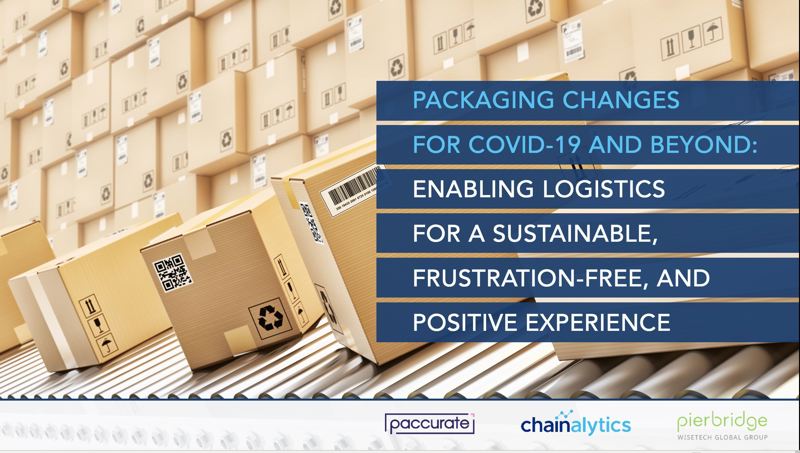As a loyal reader of Parcel Insights [you are a loyal reader, right?], you’ve read that Transtream’s cartonization capabilities can help reduce dimensional weight (DIM) fees in your packing costs as well as shipping waste. Perhaps, you’ve even watched one of our videos about cartonization. But as consumers increasingly associate sustainable packaging and packing with brand loyalty, it is more important than ever for businesses to consider how they present products and shipments in a way that meets their customers’ eco-friendly expectations.
In 2008, Amazon introduced its Frustration-Free Packaging (FFP) program, which sets standards for how their vendors package and pack products for receiving and put away into their fulfillment centers. FFP has gone through several evolutions, starting with easy-to-open, recyclable packaging, up through today, where many products are shipped in their original packaging, eliminating the need for an additional shipping box. Resellers need to be aware.
“It is vital to coordinate the supply chain and the packaging systems to enable products to pass through their operations with just a label,” said Kyle Ous, Sr. Manager of Packaging Optimization Practice at Chainalytics, during the webinar. “These programs are really set up to design and eliminate prep, to reduce waste. And then in Tier 1 [of the FFP program], to optimize the customer experience and maximize sustainability results.”
Frustration-free packaging scenarios
Ous went on to highlight several scenarios shippers are facing selling through Amazon, showing the ways frustration-free packaging can be achieved to meet Amazon’s requirements and keep customers happy at the same time. Testing is one of the keys to success despite the scenario.
“The thinking behind the frustration-free program is ‘how can we minimize prep work in the Amazon fulfillment center,’” said Ous. “It is important to hone in and focus on the packaging testing. One of the things that can help fast track this process is to gain an understanding of what items are high and low risk in your portfolio, and do some preliminary testing at your own dock to understand if those packaging systems will survive the shock sequence inside that standard.”
During the 40-minute webinar, Ous, along with Pierbridge Managing Director Bob Malley, and Steve Cooper, Senior Vice President Strategy at Beneship, also discussed how packaging, cartonization, palletization, and container loading technology can help shippers differentiate themselves from their competitors, and improve brand loyalty as we emerge from the COVID-19 pandemic.
The webinar explains why it is vital that eCommerce shippers, 3PLs, and manufacturers focus on reinventing packaging that delights customers, is compliant with supply chain partners, reduces waste, and minimizes costs.
Watch the on-demand version of this webinar, where you will learn:
- Strategies to reduce shipping so much air and filler
- How to implement frustration-free packaging
- How to meet changing customer expectations for sustainable shipping
- How to streamline packing and shipping processes
- How to reduce the overall costs of goods delivered
